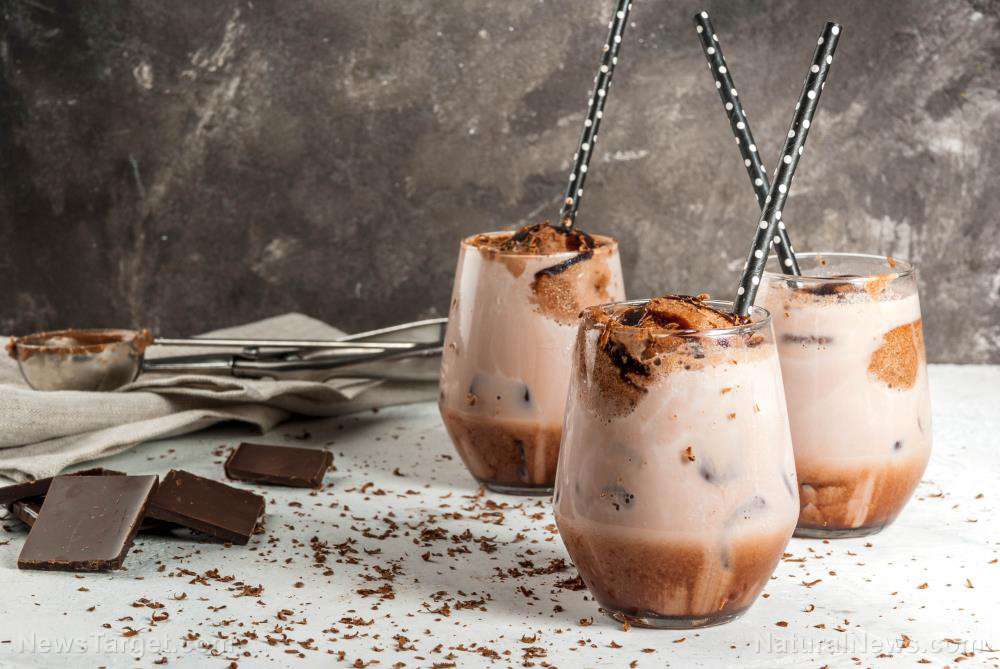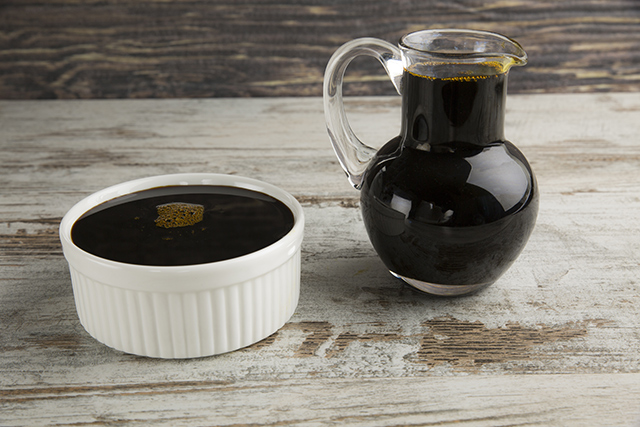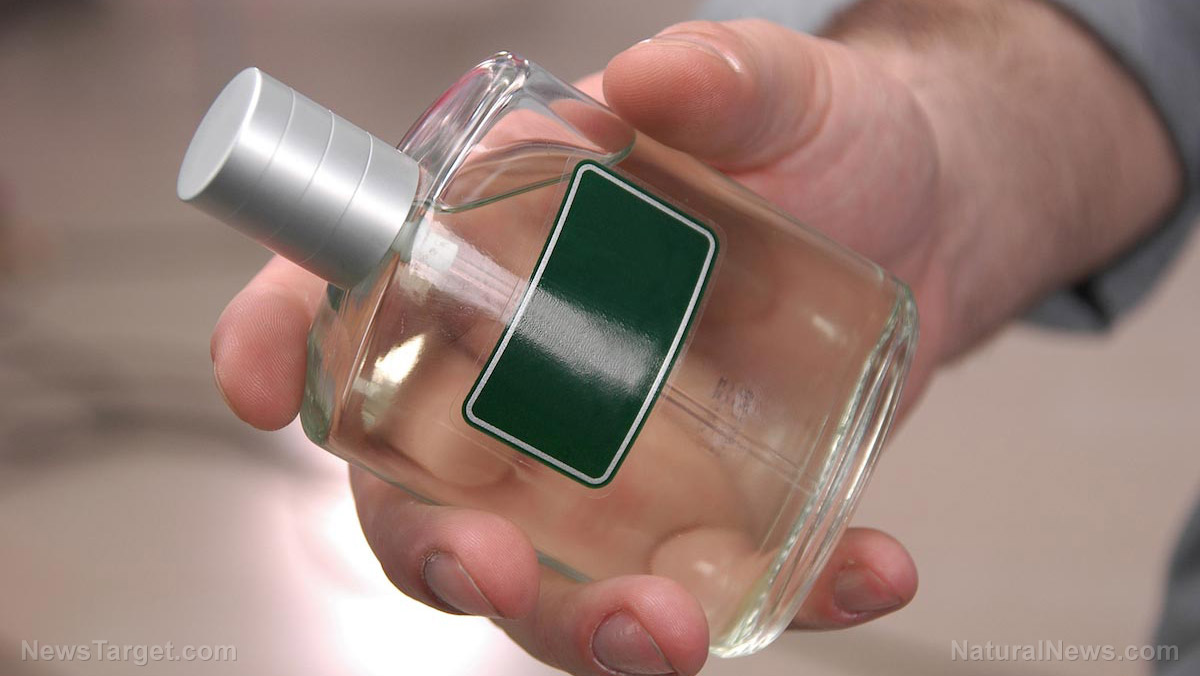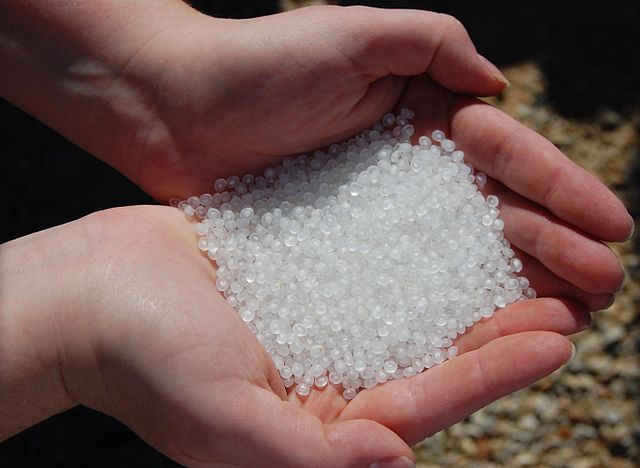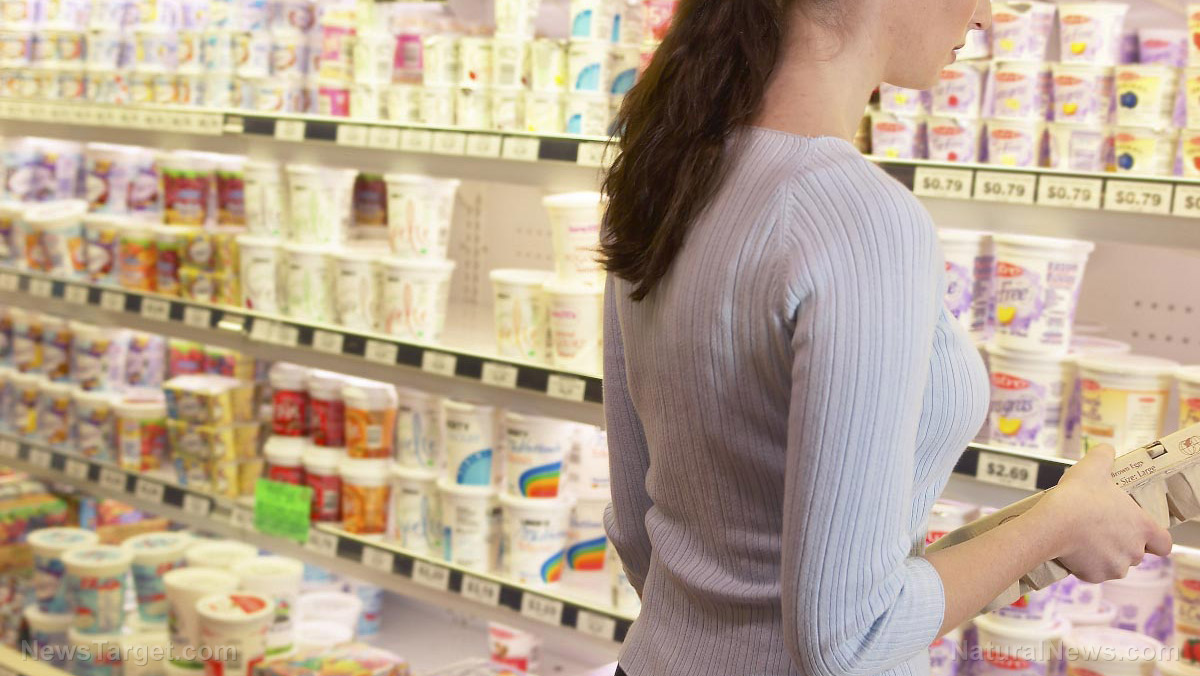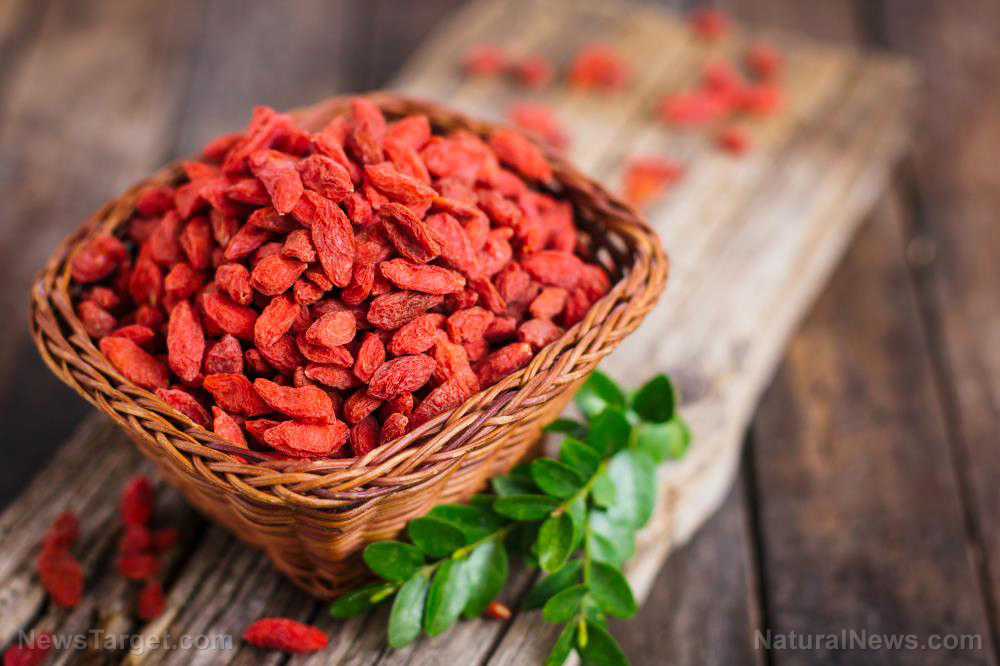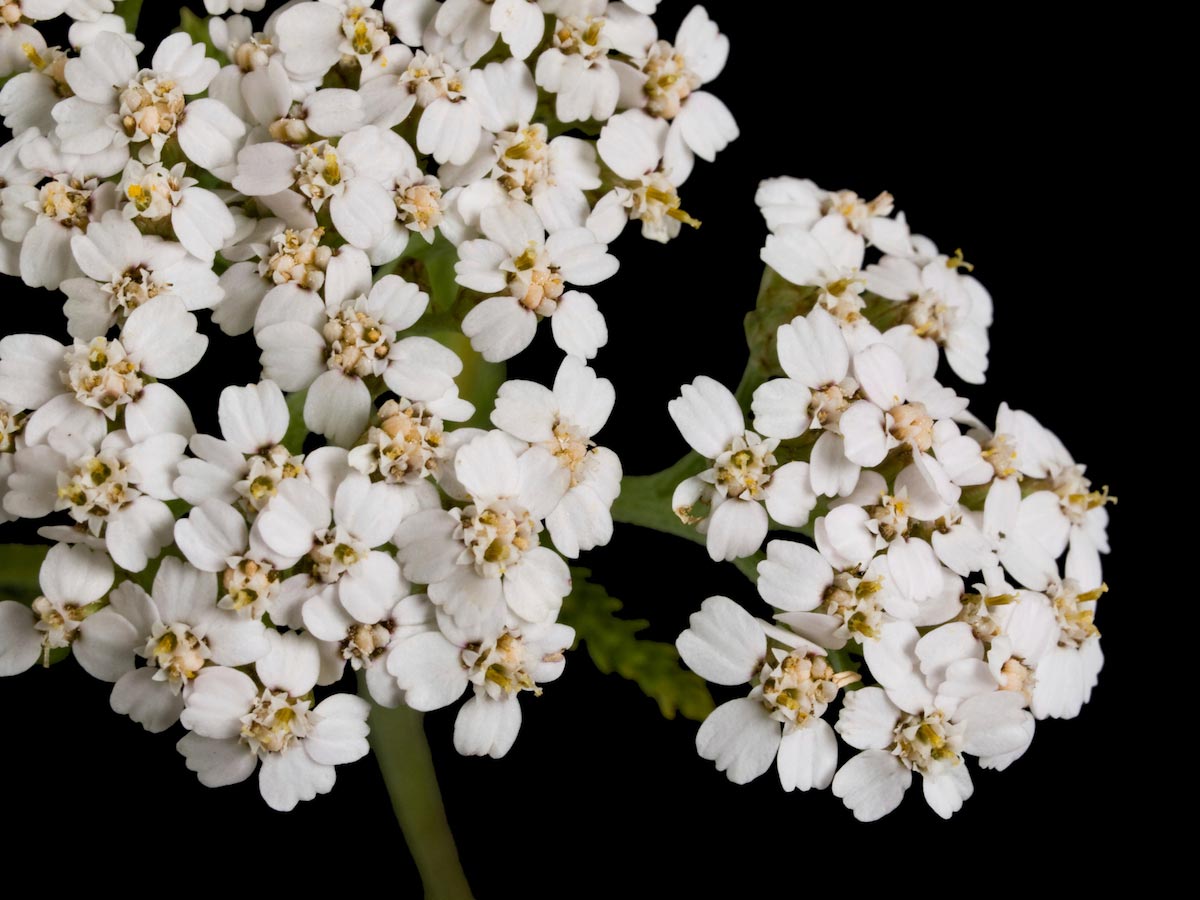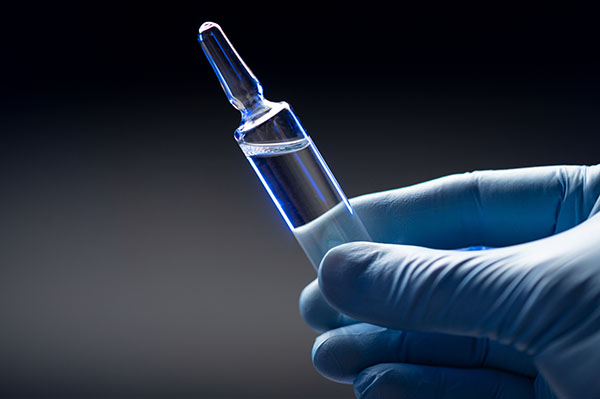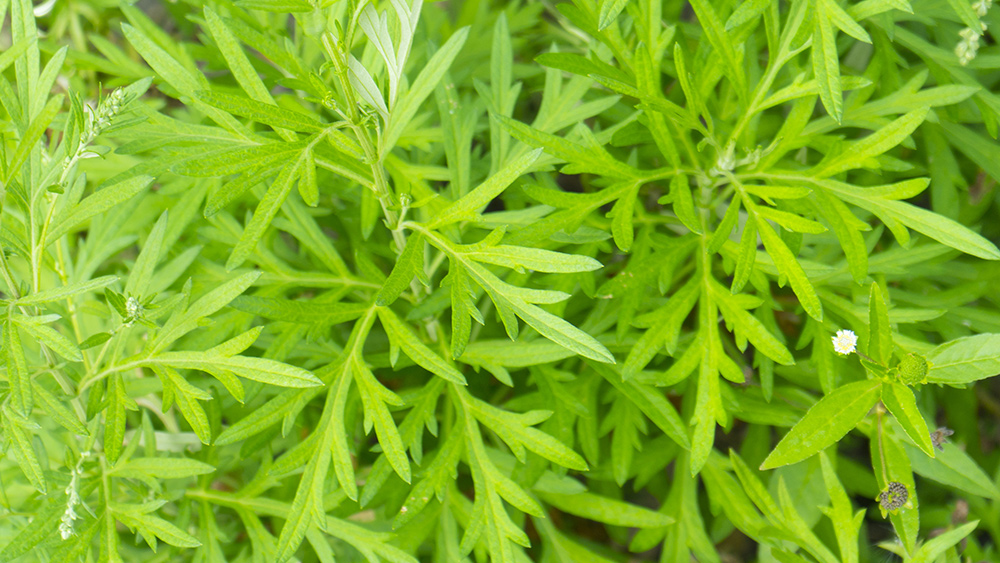The hidden harms of Sorbic Acid: An environmental and health concern
07/29/2025 / By Zoey Sky
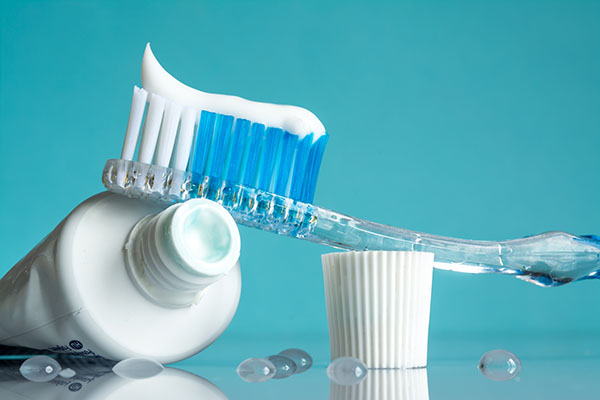
- Sorbic acid (and its derivatives like potassium sorbate) is a common preservative in food, cosmetics and personal care products. Though often marketed as “natural,” industrial versions are synthetic, derived from petrochemicals.
- While deemed “safe” by regulators, studies link it to skin irritation, allergies (especially in sensitive individuals) and respiratory issues when inhaled (e.g., in sprays). Long-term exposure risks are still understudied.
- Sorbic acid doesn’t break down easily, polluting soil and water. It disrupts ecosystems, harms aquatic life and bioaccumulates in food chains, contradicting its “eco-friendly” image.
- It is found in shampoos, toothpaste, skincare and even “organic” items. Look for names like “potassium sorbate” on labels to avoid it.
- Some brands use natural preservatives like rosemary extract, vitamin E or citric acid. Reducing exposure by choosing these options can lower health and environmental risks. Despite being labeled as safe, sorbic acid poses health and ecological concerns. Consumers should scrutinize labels and opt for preservative-free or naturally preserved products when possible.
Sorbic acid, a ubiquitous chemical found in processed foods and personal care products, has long been promoted as a “natural” preservative.
However, its widespread use raises critical questions about its safety and environmental impact, particularly as evidence mounts regarding its potential toxicity and the rise of synthetic ingredient skepticism due to the wellness movement.
Sorbic acid is widely employed in cosmetics, pharmaceuticals and even food preservation. Despite its prevalence, its risks and ecological consequences warrant closer examination.
Sorbic acid: Industrial uses and toxicity
Known by several pseudonyms, including potassium sorbate, sodium sorbate and sorbin, sorbic acid is a naturally occurring compound derived from rowanberry, though the chemical used industrially is synthesized from petrochemicals.
As a preservative, sorbic acid inhibits mold, yeast and bacterial growth, extending product shelf life. It is prized for its efficiency at low concentrations and stability under varying temperatures, making it a staple in skincare serums, shampoos, face creams and deodorants.
Sorbic acid also appears in cannabis-derived products, toothpaste and cosmetics labeled as “organic.” The cosmetic industry’s reliance on sorbic acid is staggering, with estimates suggesting it is present in over 20 percent of personal care products sold on the market. (Related: Sodium benzoate in personal care products: A threat to consumer health.)
While regulatory agencies like the FDA classify sorbic acid as “generally recognized as safe” (GRAS), emerging research complicates this assessment. For instance, a 2018 study published in the journal Environmental Science & Technology linked prolonged skin exposure to sorbic acid to contact dermatitis, particularly among individuals with eczema or preexisting sensitivities. Sorbic acid disrupts the skin’s barrier function, exacerbating dryness and inflammation.
According to Cosmetics & Toiletries Magazine, 10 to 15 percent of cosmetic-related allergies are attributed to preservatives, with potassium sorbate among the most frequent culprits.
Moreover, inhalation of sorbic acid aerosols, which are common in spray products, triggers respiratory irritation or asthma-like symptoms. The Centers for Disease Control and Prevention (CDC) explicitly advises healthcare workers to use respiratory protection when handling high concentrations of the chemical.
Chronic low-dose exposure, as might occur through daily skincare use, remains understudied but warrants caution; some experts liken sorbic acid’s cumulative effects to long-term solvent exposure.
Sorbic acid is typically listed as “potassium sorbate” or “sorbic acid” on product labels. High-risk products include:
- Haircare – Shampoos, conditioners and styling gels
- Oral hygiene – Toothpaste and mouthwash
- Skincare – Serums, lotions and acne treatments
- Bath products – Bubble baths and body washes
Sorbic acid is not easily biodegradable. A 2021 study in Environmental Chemistry highlighted its persistence in soil and water systems, where it alters microbial balances and disrupts ecosystems.
Aquatic organisms metabolize it inefficiently, leading to bioaccumulation in food webs. For instance, its runoff into rivers affects fish embryonic development, as detailed in Environmental Toxicology. This ecological toll challenges its “green” image, particularly when marketed as a “plant-based” alternative.
Sorbic acid alternatives and detox tips
Brands targeting eco-conscious consumers often replace sorbic acid with microbiota-friendly alternatives such as rosemary leaf extract, radish root ferment or vitamin E (tocopherol).
The body metabolizes sorbic acid into hexenoic acid, excreting it within days through urine and feces. No formal “detox” protocol is recommended, as the compound lacks persistent toxic residues. Yet, healthcare practitioners suggest mitigating cumulative exposure through non-toxic alternatives and periodic skin respite from treated products.
Hydration and a diet rich in antioxidants may help counter oxidative stress linked to prolonged chemical intake.
The ubiquity of sorbic acid underscores a troubling paradox in the beauty and food industries: convenience prioritized over precaution. While regulatory bodies remain lax, consumer advocacy groups and researchers are revisiting its risks.
As the Cosmetic Ingredient Dictionary reveals, even “natural”-derived preservatives pose ecological and physiological trade-offs. For a health-conscious market already wary of synthetic additives, the push for transparent, ecologically benign alternatives is not just ethical, it’s essential.
This story is not medical advice and is not intended to treat or cure any disease. Always consult with a qualified naturopathic physician for personalized advice about your specific health situation or concern.
Visit Health Ranger Store and Brighteon Store to find lab-verified skincare products that are free of harmful chemicals like sorbic acid.
NaturalNews.com has more articles about cosmetic ingredients that can harm your health and how to avoid them.
Check out Brighteon.ai, an AI model created by Mike Adams, also known as the Health Ranger. This model is available as a free download to be run locally and is designed to help share and decentralize knowledge. By doing so, it aims to bypass censorship and empower people with knowledge.
If you’re searching for a platform that champions uncensored video content and free speech, particularly for discussions on nutrition, natural medicine, ingredients and related topics, visit Brighteon.com, a website that offers a space for open dialogue and exploration of these subjects without restrictions.
Brighteon.IO and Brighteon.social are two free speech social media sites that enable users to openly discuss health, nutrition, ingredients, toxicity and related topics without censorship.
Watch the video below to find out how Organic Golden Jojoba Oil can support healthy skin.
This video is from the Health Ranger Store channel on Brighteon.com.
More related stories:
The hidden dangers of phenoxyethanol in cosmetics and personal care products.
Your skin absorbs toxins: Is your deodorant putting you at risk?
Crafting natural perfumes: Blending Frankincense Oil with everyday scents.
Sources include:
Submit a correction >>
Tagged Under:
allergens, cosmetic ingredients, Cosmetics, ecology, environment, health science, men's health, Personal care products, products, skin care, skin health, skincare, Sorbic acid, toxic chemicals, toxic ingredients, toxins, women's health
This article may contain statements that reflect the opinion of the author
RECENT NEWS & ARTICLES
COPYRIGHT © 2017 INGREDIENTS NEWS




